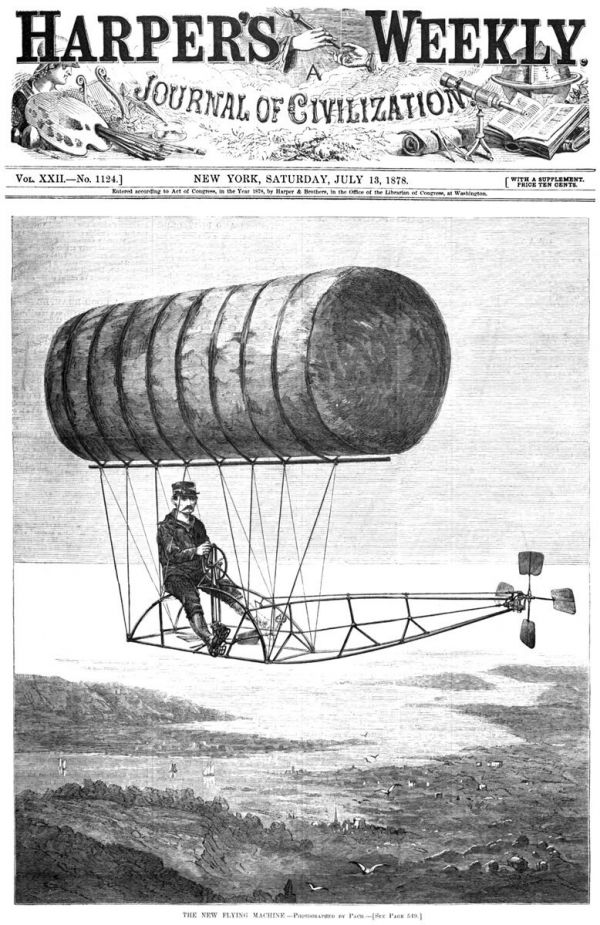
Cats don't normally swim. Tigers will, and fishing cats swim a lot, but lions prefer to stay on dry ground whenever possible. The story of two lions in Uganda have researchers thinking about the pressures our modern world puts on wild animals, even in their own habitat. Jacob the African lion only has three complete legs after his rear foot was caught in a poacher's trap. He is accompanied by his brother Tibu. The two ventured out of their normal territory to find mates in another part of Queen Elizabeth National Park. They were rebuffed by other male lions, surviving at least two fights. To get back to their territory, they had to cross the Kazinga channel, a river populated with crocodiles and hippopotamus.
The lions turned back a couple of times, but then swam 1.5 kilometers, or .93 miles, across the dangerous waters at night. A team led by Griffith University scientist Alexander Braczkowski recorded the lions on a thermal camera carried by a drone as they swam the river. Those cats were desperate. Read about the recording and what it means at Gizmodo.
(Image credit: Dr. Alex Braczkowski)










